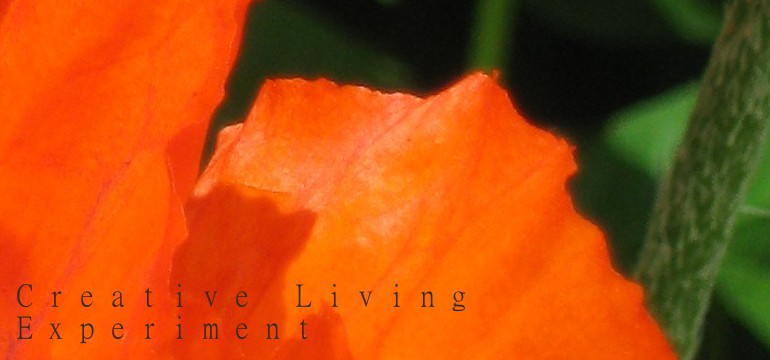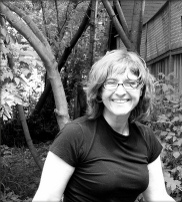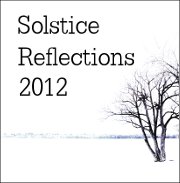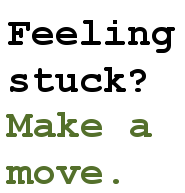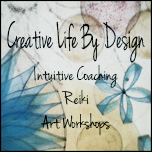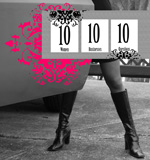Matisse Month Wrap-Up
 Saturday, April 30, 2011 at 10:51AM
Saturday, April 30, 2011 at 10:51AM {This is the last in a series of posts dedicated to Henri Matisse, part of a self-learning experiment dedicating the month of April to his study. As always, I invite you to take what you like and leave the rest. For the rest of the posts click here.}
Can someone please tell me where April went?
Though I'm still enjoying flipping through one of my big Matisse books from the library, it's already time for this self-learning experiment to come to an end.
I tremendously enjoyed the experiment AND learning about Matisse. I thought a wrap-up post would be a great way to document the results of my learning journey for safe keeping.
Voici...
5 new-to-me concepts, terms, or artists:
- odalisque (in art)
- plumb line (in the context of drawing figures)
- Pierre Bonnard
- André Derain
- Jean-Auguste-Dominique Ingres
5 takeaways I would like to experiment with in my own art-making process:
- Embrace re-work and practice patience
- Sketch more
- Experiment with bold colour juxtapositions and patterned backgrounds
- Emulate masters and add my own twist
- Try to paint more figures and faces, but without having to get them "perfect"

Femme au chapeau (Madame Matisse), Matisse, 1905
5 people, places, things or concepts encountered during my study that I'd like to further explore:
- Fauvisme (style of painting in the early 1900s)
- Sculpture (medium)
- Wassily Kandinsky (artist)
- Cone Collection in Baltimore and the Barnes Foundation, just outside of Philly (collections)
- plumb line (for drawing figures)
5 fascinating or surprising tidbits:
- A large collection of Matisse's work resides in the US
- Matisse used his studio walls to sketch BIG
- Matisse's Nus Bleus series and Icare were created using pieces of paper ("papiers collés") and not painted directly onto the canvas
- Matisse photographed La Blouse Roumaine in 14 different states over 9 months, illustrating how he painted over backgrounds, re-jigged composition, eliminated detail and simplified, simplified...
- Matisse wrote and illustrated (prints of his work) a book called Jazz
Finally, four books I consulted for my learning*:
- Matisse, Tableaux Choisis, by Annette Robinson - A great little French book, it was the first one I read and offered an easy introduction to my chosen subject. Simply written and a lot of pictures.
- The Essential Henri Matisse, by Ingrid Schaffner - I LOVED this one! A small, non-intimidating book that's written in a fun, casual tone and choc full of information. Bulleted lists, sidebars, sound bytes and "Financial and Domestic Notes" updates at various points in his life. Loved. IT.
- Matisse, by Gilles Néret - Also in French, this is the biggest and most in-depth book of the four. It has more pictures, sketches and drawings than any of the others which makes for a lot of eye candy; it also takes longer to read. I'm about half-way through.
- Jazz, by Henri Matisse and Riva Castleman (Introduction) - As soon as I found out that Matisse wrote a book called Jazz I hunted it down at the library. Tempted to copy down quotes at every page, I enjoyed his text more than his prints in this one. It made me want to explore his other writings.
* Most of my learning was done through library books with the occasional online reference or fact verification.
Et voilà! My wrap-up and the end of Matisse Month. It was a fun, rewarding experiment and I'd definitely do it again.
And if you were able to glean a little something from it too? Well that would just be the cherry on top of the sundae!
"Happy are those who sing with all their heart, from the bottoms of their hearts. To find joy in the sky, the trees, the flowers. There are always flowers for those who want to see them." ~ Henri Matisse, Jazz
 Steph |
Steph |  Post a Comment |
Post a Comment |  Experiments,
Experiments,  Matisse,
Matisse,  Self-learning
Self-learning Follow me on Twitter and Facebook. Join the mailing list.
